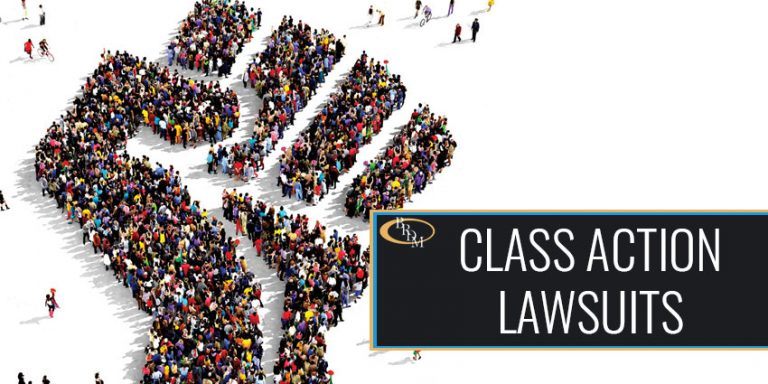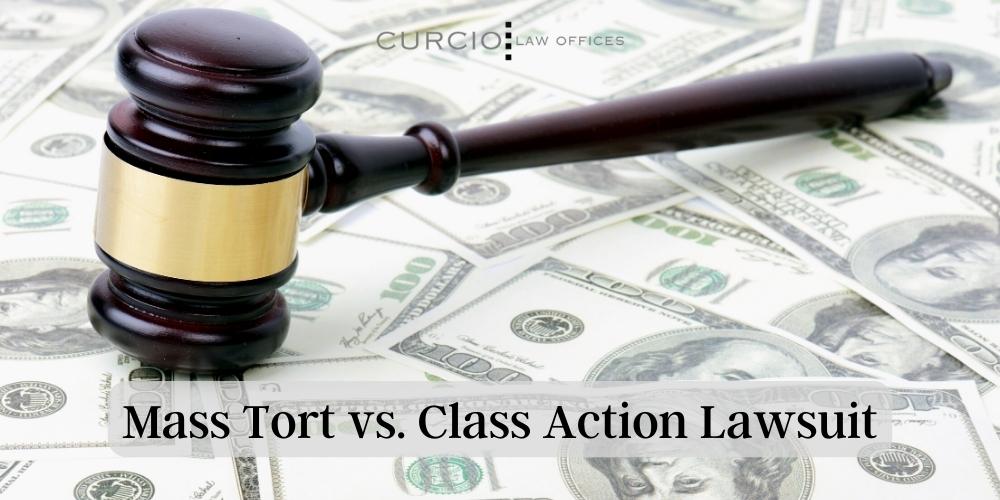BioVie Class Action Lawsuit Unveiled: Your Legal Resource
BioVie Class Action Lawsuit Unveiled: Your Legal Resource
Blog Article
Comprehending Class Action Claims: A Comprehensive Guide
Course action lawsuits have ended up being progressively usual in today's lawful landscape, shaping the method individuals seek justice versus effective companies. From consumer defense to employment discrimination, these lawsuits have the prospective to cause considerable changes and hold culprits accountable. Yet what exactly is a class action lawsuit, and exactly how does it function? In this detailed overview, we will explore the intricacies of course action claims, consisting of the sorts of situations that can be pursued, the actions involved in submitting a lawsuit, and the advantages and drawbacks of going after cumulative lawful action. Obtain all set to discover the internal operations of this interesting lawful sensation and acquire a deeper understanding of exactly how course action lawsuits have actually shaped our culture.
What Is a Class Action Legal Action?
A course activity lawsuit is a legal proceeding in which a team of people jointly brings a case against an accused or defendants for similar harm or misdeed. This sort of claim allows a lot of individuals who have actually experienced a comparable damage to sign up with forces and pursue lawsuit together, instead of submitting private claims. Class action lawsuits are generally used in cases where the injury or misbehavior influences a big group of individuals, such as product responsibility situations, ecological contamination instances, or instances including customer scams.

In order for a lawsuit to be accredited as a class activity, certain demands must be fulfilled. These demands typically include numerosity (a a great deal of potential class members), commonality (typical inquiries of law or reality), typicality (the insurance claims of the representative events are regular of the course), and adequacy of representation (the representative parties will fairly and adequately shield the interests of the course) When a course activity lawsuit is licensed, notification is supplied to prospective course members, who then have the option to sign up with the claim or opt-out if they wish to pursue their own individual insurance claims.
Kinds of Course Activity Legal Actions
There are different classifications of course action lawsuits that include a vast array of lawful concerns and industries. One usual type is customer class activities, which entail claims made by a group of consumers versus a business for false marketing, malfunctioning items, or unjust service techniques. These claims frequently look for settlement for the affected customers and look for to hold the company answerable for its actions.
One more category is protections course activities, which are brought by financiers against a business for supposed safeties scams. Archer-Daniels-Midland class action lawsuit. These lawsuits typically entail cases of misleading statements or omissions in the company's economic statements or disclosures, which caused the financiers to experience financial losses
Employment class activities are additionally prevalent, including insurance claims made by a group of workers against their company for offenses of labor legislations, such as wage, discrimination and hour violations, or wrongful discontinuation. These claims seek to shield the legal rights of employees and ensure reasonable treatment in the workplace.

Steps Involved in Filing a Class Action Legal Action
Class action lawsuits need a particular collection of steps to be complied with in order to successfully launch the lawful process. The primary step is to recognize the potential class members who have similar cases or grievances against the defendant. This involves carrying out thorough research study and gathering evidence to support the cases. Once the class participants are recognized, the following action is to assign a lead complainant or class representative that will act upon part of the entire class. The lead complainant will certainly work carefully with a seasoned attorney that specializes in course activity legal actions.
After the lead complainant is designated, the next action is to submit a grievance with the court. The complaint details the claims versus the defendant and the alleviation sought by the course. It is essential to ensure that the complaint satisfies all the lawful demands and clearly specifies the claims of the course participants.
Once the problem is filed, the court will certainly examine it and identify if it fulfills the necessary standards to continue as a course activity legal action. If the court accepts the course certification, notification will be sent out to all BioVie class action lawsuit prospective class participants informing them regarding the suit and their rights to take part or opt-out.
Following the class qualification, the case will certainly continue with the discovery stage, where both parties exchange appropriate details and evidence. This may include depositions, interrogatories, and file requests.
Benefits and Downsides of Class Action Claims
One of the key advantages and negative aspects of seeking a course activity suit lies in its prospective to give cumulative resolution for a group of people with comparable cases versus an accused. The main advantage of a class action claim is that it enables people with small claims to join together and take on a powerful defendant.
Nevertheless, there are likewise downsides to class activity legal actions. One major problem is the capacity for poor representation. Given that the lead plaintiff represents the whole course, there is a risk that their passions may not line up with those of all class members. One more drawback is the possibility for reduced private payments. In some instances, the problems granted in a course activity legal action may be divided amongst a large number of class members, resulting in relatively little settlement for each person. Finally, class activities can be complicated and taxing, frequently taking years to reach a resolution.
Current Site Course Action Legal Action Cases
In the last few years, several significant course action claim cases have emerged, setting criteria and forming the landscape of cumulative lawsuit. These site situations have highlighted numerous concerns and led to substantial negotiations, emphasizing the power of class action suits in seeking justice and holding corporations liable.
One noteworthy instance is the Volkswagen "Dieselgate" scandal, where the automaker admitted to mounting software application in their vehicles to cheat on emissions examinations. This instance caused a class activity claim filed by afflicted consumers, leading to a $14.7 billion settlement. This landmark instance not only highlighted business deception however additionally accentuated the environmental influence of such actions.
Thousands of suits were filed versus the company, alleging that their talc-based products caused ovarian cancer and mesothelioma cancer. These situations resulted in considerable jury judgments, with the highest being $4.7 billion.
Moreover, the opioid crisis has also brought about countless course activity suits. Pharmaceutical suppliers, business, and drug stores have actually faced legal activity for their declared duty in fueling the epidemic. These situations aim to hold these entities answerable for their activities and seek compensation for the communities impacted by the dilemma.
These current site situations demonstrate the value of course activity lawsuits in resolving business wrongdoing and giving justice for affected people. They function as a reminder of the power of collective legal action in holding effective entities answerable and seeking fair payment for those harmed.
Conclusion
Finally, class activity suits supply an avenue for people to seek justice and settlement for prevalent injury brought on by a defendant. While they have their advantages, such as effectiveness and cost-effectiveness, there are likewise downsides, such as potential hold-ups and restricted specific control (BioVie class action lawsuit). Recent spots situations have actually shown the significance of course activity claims in resolving various problems, highlighting the significance of this legal system in making certain access to justice for a lot of people
These needs usually include numerosity (a big number of prospective course members), commonality (usual questions of legislation or truth), typicality (the cases of the depictive parties are common of the class), and competence of depiction (the rep events will fairly and adequately safeguard the rate of interests of the class) As soon as a course action claim is licensed, notice is offered to possible class members, that after that have the option to join the suit or opt-out if they wish to seek their own specific insurance claims.
As soon as the course participants are identified, the following action is to assign a lead complainant or class representative that will act on part of the whole course. Since the lead plaintiff stands for the whole course, there is a risk that their passions might not line up with those of all class participants. In some instances, the problems awarded in a course action lawsuit might be split among a large number of course participants, resulting in reasonably little payment for each individual.
Report this page